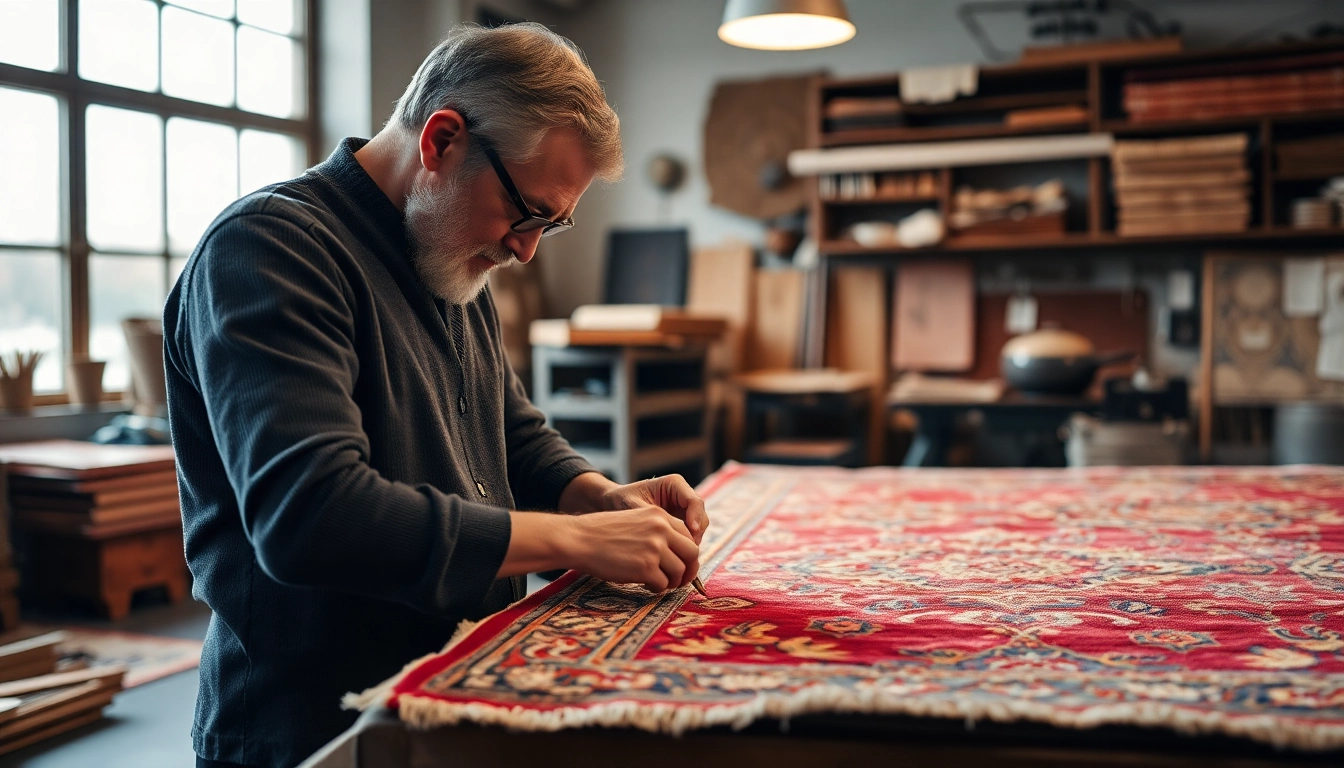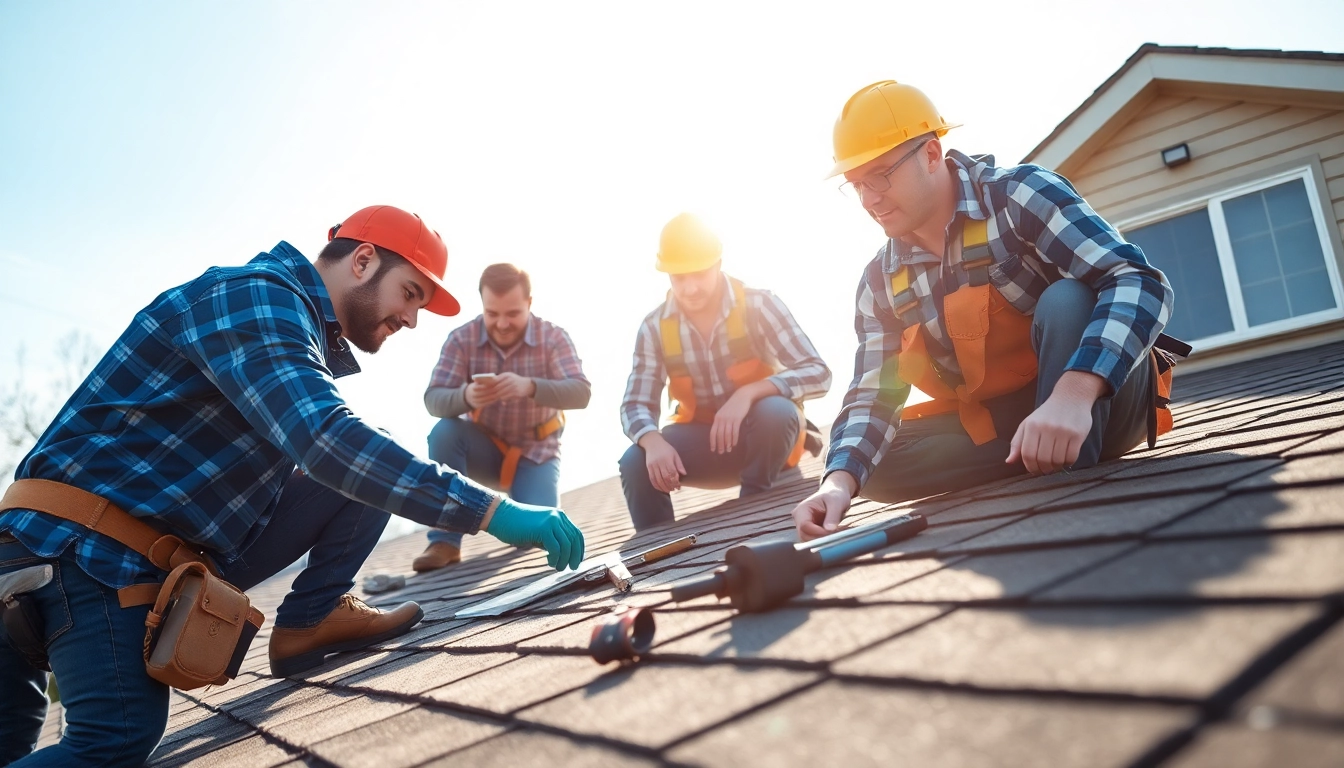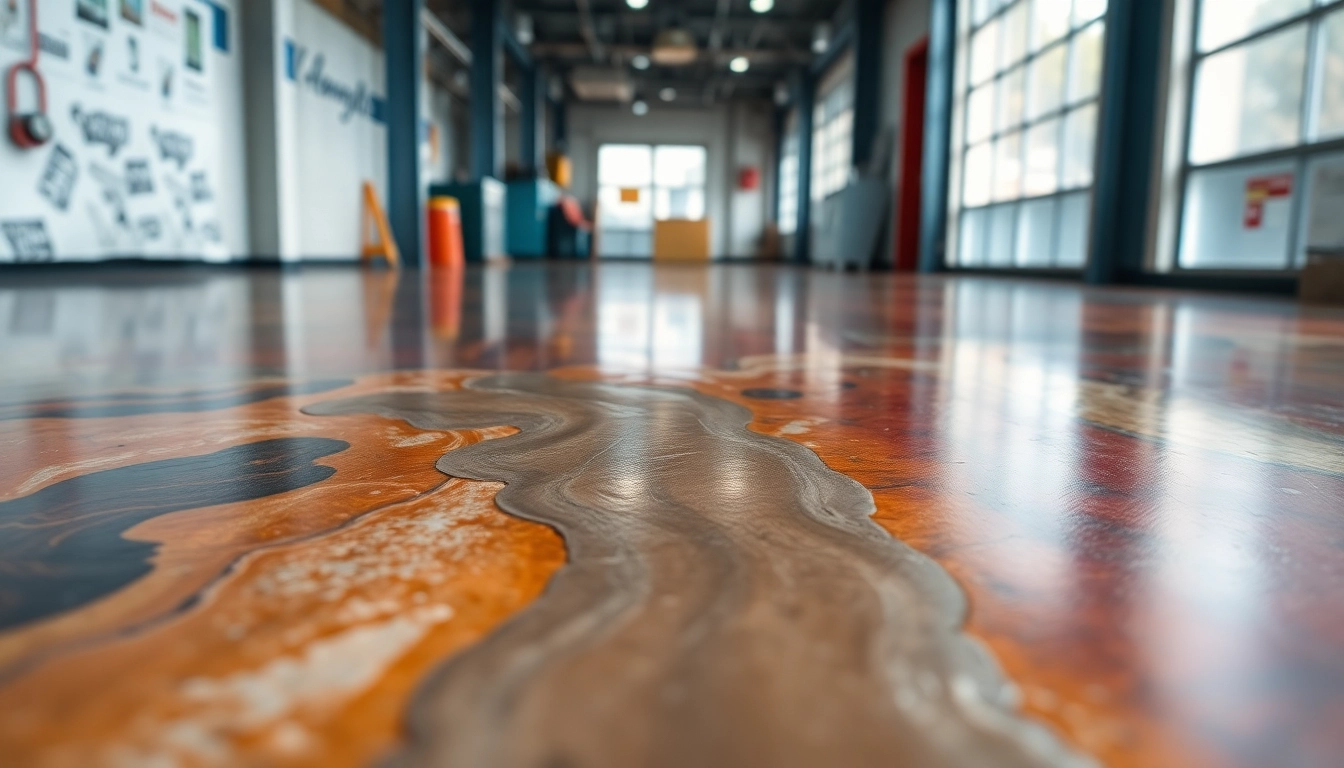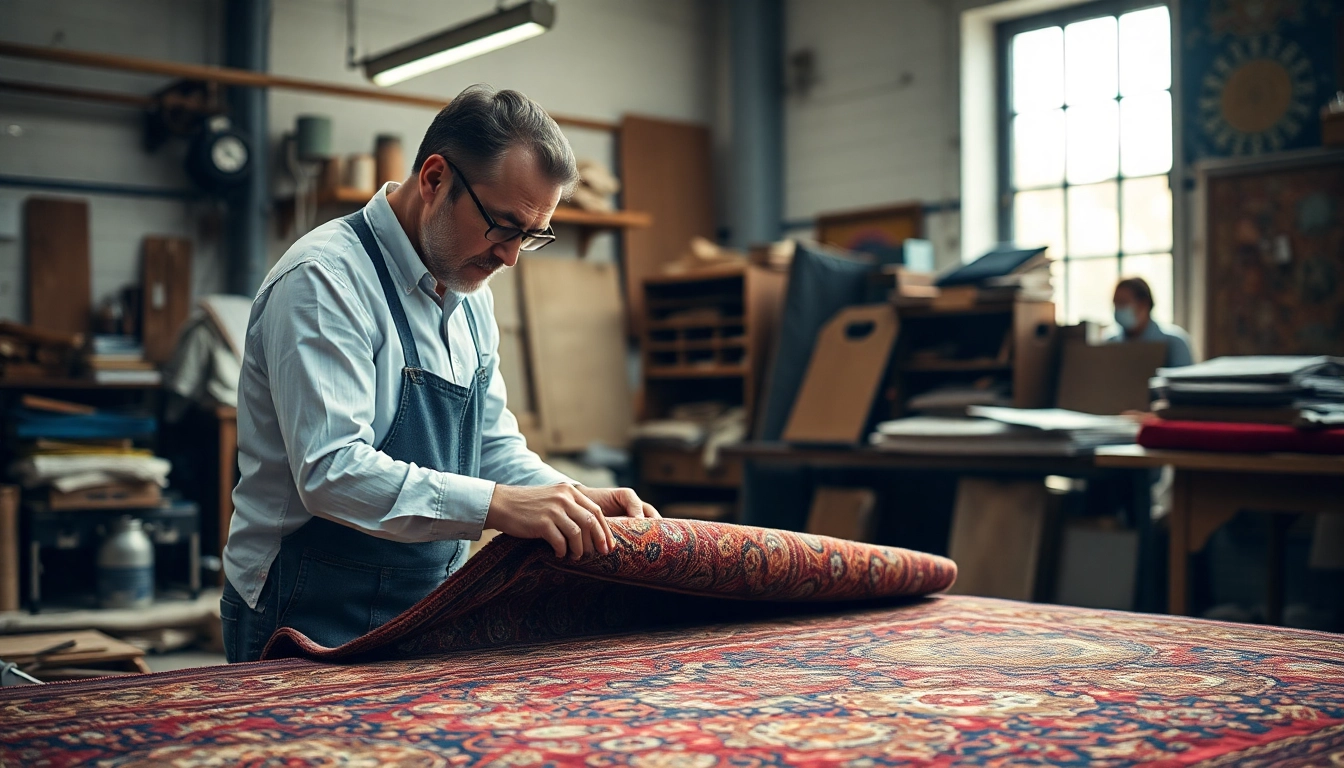Introduction to Restauro Tappeti Milano: Why Professional Restoration Matters
In Milano, a city celebrated for its rich history, fashion, and artistry, maintaining the beauty of treasured textiles such as handmade carpets is essential. Restauro Tappeti milano plays a vital role in preserving both the historical significance and aesthetic appeal of these exquisite pieces. Whether dealing with ancient Persian rugs or modern designer carpets, professional restoration not only rehabilitates damage but also safeguards the craftsmanship, cultural heritage, and monetary value embedded within each fabric. This comprehensive guide explores why expert restoration is indispensable for carpet owners and collectors in Milano, the techniques involved, how to choose a reputable service, and best practices for maintenance post-restoration.
The Importance of Preserving Vintage and Antique Tappeti
Vintage and antique tappeti are not merely decorative items; they are artifacts of cultural history and artistic expression. Each knot, dye, and pattern narrates stories from specific regions and eras. Preserving these rugs through professional restauro ensures their longevity and keeps these stories alive for future generations. The value of antique tappeti increases with proper care, and restoration can often enhance their aesthetic appeal and market worth. For collectors and homeowners in Milano, restoring a vintage or antique tapis is an investment in cultural legacy and an opportunity to enjoy a piece of history within modern interiors.
Common Damages and Restoration Challenges
Carpets, especially those with centuries of history, are susceptible to a range of damages over time. Common issues include frayed edges, broken or missing knots, fading dyes, stains from spills or accidents, burns, insect damage, and structural weaknesses. Modern environmental factors in Milano—such as humidity and pollution—compound these challenges, accelerating deterioration. Restoration professionals must address these issues meticulously, often balancing between preserving original features and applying necessary repairs. The process involves understanding the specific materials used in the rug’s construction, including natural dyes and fibers, which dictates the restoration approach.
How Professional Restauro Enhances Longevity
Expert restoration extends the life of valuable tappeti significantly. Skilled artisans employ methods to stabilize fragile fibers, reweave damaged areas, and restore dyes without compromising the original design. This process prevents further deterioration and ensures that the carpet remains structurally sound and visually appealing. Regular professional maintenance and restoration can turn a worn-out rug into a centerpiece of timeless beauty, preserving both its cultural and monetary value. Additionally, restorative treatments can improve the rug’s resistance to future damage, such as pest infestation and environmental stressors—crucial for maintaining collectibles over decades.
Techniques and Processes in Tappeti Restoration
Traditional Handcrafted Restoration Methods
Traditional restoration techniques are rooted in centuries-old crafts passed down through generations of master artisans. These include hand-knotted reweaving, patching, and dyeing. Restorers carefully match the original dyes and fibers, often sourcing natural vegetable dyes to maintain authenticity. The skill lies in seamlessly integrating new material with the existing threads without altering the rug’s original pattern or texture. This method is particularly vital for antique Persian and Oriental carpets, where authenticity is paramount.
Modern Technologies and Materials Used
In addition to traditional techniques, contemporary restoration employs advanced technologies and materials. Laser cleaning and ultrasonic devices allow deep yet gentle removal of dirt and stains. Synthetic fibers and dyes are used only when authenticity is not compromised or in modern reproductions. Specialized adhesives and backing materials provide structural reinforcement. Computer-aided design and digital scans assist in planning repairs with precision. Combining these modern tools with craftsmanship enables more efficient, durable, and accurate restoration outcomes.
Step-by-Step Restoration Workflow
- Assessment: A thorough examination of the rug’s condition, materials, and damage to plan the restoration process.
- Cleaning: Gentle cleaning to remove dirt, pollutants, and stains, ensuring no further damage occurs during repair.
- Repair Planning: Identifying damaged areas, sourcing matching materials, and designing repair strategies.
- Reweaving and Patching: Hand-stitching new knots or patches to replace worn or missing sections, blending seamlessly with existing fibers.
- Dyeing and Coloring: Restoring faded colors using authentic dyes to match the original palette.
- Structural Reinforcement: Applying backing or stabilizing materials to prevent future tears or fraying.
- Final Finishing: Surface brushing, steaming, and protective treatments to finalize the restoration and enhance appearance.
Choosing the Right Restauro Tappeti Milano Service
Factors to Consider: Experience, Reputation, Expertise
When selecting a professional restoration service, experience and reputation are pivotal. Look for ateliers with a proven track record, preferably with specialties in antique and oriental rugs. Certifications from recognized craft associations, detailed portfolios, and customer testimonials further validate their expertise. For example, centers like Persia&Tappeti in Milano boast over 20 years of specialized experience, emphasizing their competence in handling both modern and vintage pieces with meticulous care.
Pricing and Cost Expectations for Restauro
Restoration costs vary widely depending on the age, size, and damage severity of the rug. Basic repairs like fray repairs or stain removal may start around €50-€200, while comprehensive restorations for antique rugs can range from €300 to over €1,000. It’s important to obtain detailed estimates beforehand, considering that quality craftsmanship often justifies the investment. Reliable services provide transparency and itemized quotes, ensuring clients understand the scope and expected results.
What to Expect: Turnaround Time and Guarantees
Turnaround times depend on the complexity of the restoration, typically spanning from a few days for minor repairs to several weeks for intricate, antique restorations. Reputable companies offer guarantees on their work, often covering structural stability and colorfastness for a specified period. Clear communication about timelines, procedures, and after-care instructions is crucial. Trustworthy restorers in Milano also provide guidance on how to maintain the restored piece, extending its lifespan and visual appeal.
Case Studies and Examples of Restauro Success
Restoration of Ancient Persian Tappeti
Pursuing a restoration of a centuries-old Persian rug involves delicate reweaving, color matching, and fabric stabilization. An antique Persian Tappeti, heavily faded and frayed, was meticulously restored by artisans employing traditional hand-knotted techniques and natural dyes. The result was a vibrantly restored artifact, increasing both aesthetic appeal and market value, exemplifying how professional efforts can bring ancient masterpieces back to life.
Revitalization of Worn Modern Tappeti
Modern carpets, often subject to daily wear, stains, and fading, benefit from cleaning and targeted repairs. A recent Milano project involved reviving a designer contemporary rug with extensive staining and fraying. The restoration process included deep cleaning, fray stabilization, and color touch-up, restoring it to near-original condition—showcasing how repair techniques adapt to different rug types for maximum preservation.
Restauro for Damaged or Stained Tappeti
Damage from accidental spills, burns, or pests necessitates specialized restoration. In Milano, restorers successfully repaired a heavily stained, burned spot on a vintage Oriental rug by carefully removing damaged fibers and reweaving the affected area. Using authentic dyes and materials, the process restored the rug’s integrity and appearance, demonstrating the importance of expert intervention for restoring value and beauty.
Maintaining and Caring for Restored Tappeti
Best Practices for Daily Care and Cleaning
Proper daily maintenance preserves the quality of a restored tappeti. Regular gentle vacuuming prevents dirt buildup, ideally with a low-suction vacuum and without the beater bar engaged. Avoid direct sunlight to prevent fading, and rotate the rug periodically to ensure even wear. Spot cleaning stains immediately using mild, pH-neutral solutions helps avoid permanent marks and damage.
Preventive Measures to Avoid Future Damage
Prevention is key to prolonging a rug’s lifespan. Using rug pads reduces slipping and friction, protecting fibers. Controlling indoor humidity levels prevents mold and pest infestation. Keep pets’ claws trimmed, and avoid placing heavy furniture directly on the textile to prevent crushing and fraying. Regular professional inspections allow early detection of issues before they escalate.
Periodic Professional Care for Longevity
Even well-maintained rugs benefit from periodic professional cleaning and restoration checks. Typically, every 3-5 years, depending on usage and environment, professional deep cleaning and minor repairs safeguard the investment. Trusted Milano ateliers utilize advanced techniques to clean, recondition, and reinforce carpets, ensuring that their beauty and structural integrity endure over decades.



